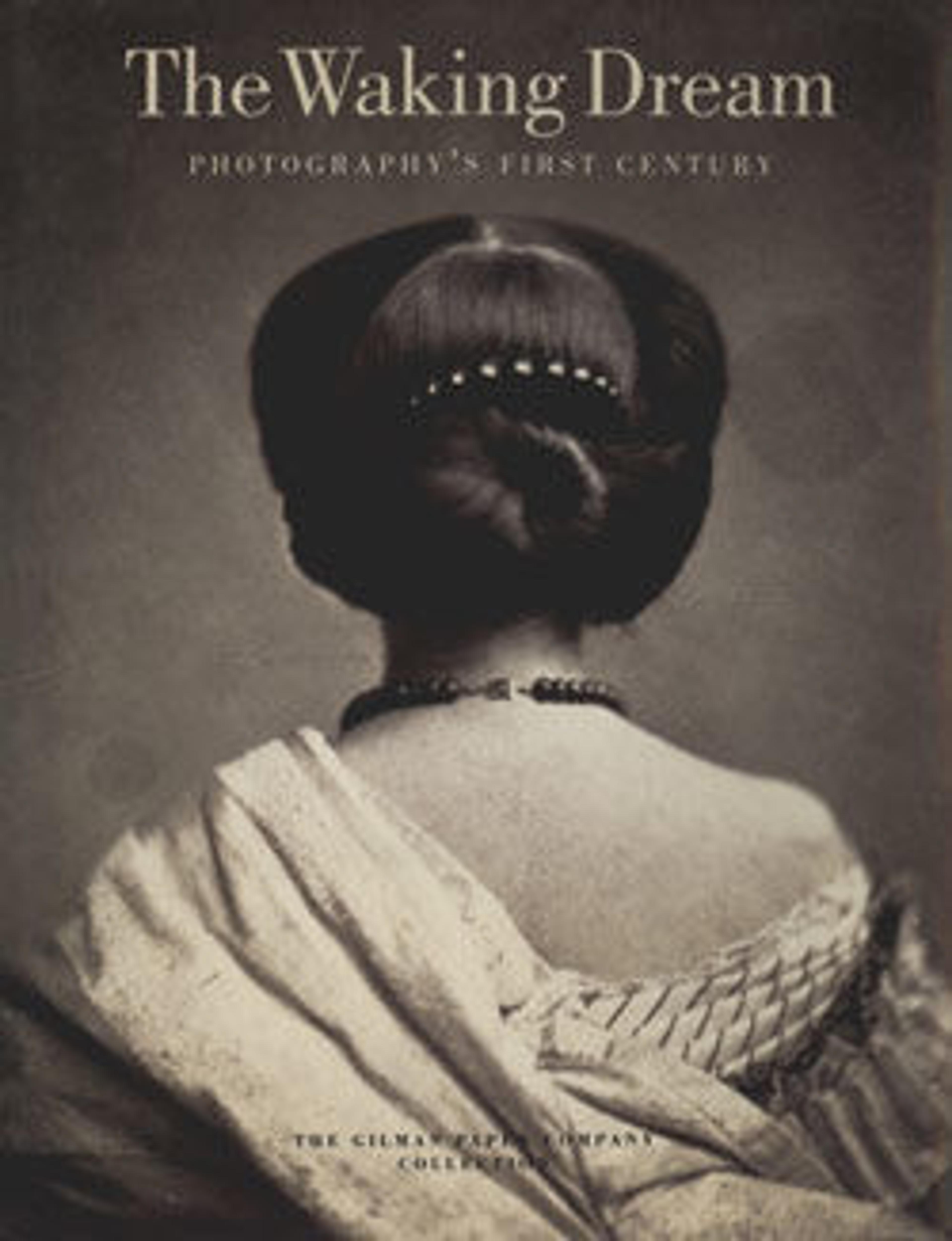Temple of Wingless Victory, Lately Restored
An Oxford-educated Englishman, the Reverend George Bridges lived comfortably in Jamaica until his wife abandoned him and his six daughters drowned in a boating accident. Thereafter Bridges and his son, William, traveled to Canada and the Mediterranean before returning in 1843 to England, where William enlisted in the Navy and Bridges took a curate's position in Gloucestershire. Bridges met Henry Talbot through a mutual friend in 1846 and took instruction in photography in preparation for further travel.
From 1846 to 1852, Bridges followed his son's ship around the Mediterranean from Malta to Sicily, Athens, Egypt, Algeria, Palestine, Constantinople, and Italy, producing some seventeen hundred negatives, many of them the earliest extant photographs of the sites. As Bridges never managed to print adequately from the negatives and his plans for publication came to naught, the important contribution of this early prolific practitioner and "wayworn wanderer," as he described himself, remains virtually unknown.
Ten years before this negative was made, photography did not exist; five years before, the temple it depicts did not exist. When Bridges arrived at the Acropolis, the Temple of Athena Nike had only just been reconstructed from the rubble of the Turkish bastion. First erected in 424 b.c., the beautifully proportioned little temple was dedicated to Wingless Victory, who, as described by Pausanias, had no wings in order that she might permanently reside in Periclean Athens. The British soldier lounging proprietarily on the steps of her former home is probably William Bridges.
From 1846 to 1852, Bridges followed his son's ship around the Mediterranean from Malta to Sicily, Athens, Egypt, Algeria, Palestine, Constantinople, and Italy, producing some seventeen hundred negatives, many of them the earliest extant photographs of the sites. As Bridges never managed to print adequately from the negatives and his plans for publication came to naught, the important contribution of this early prolific practitioner and "wayworn wanderer," as he described himself, remains virtually unknown.
Ten years before this negative was made, photography did not exist; five years before, the temple it depicts did not exist. When Bridges arrived at the Acropolis, the Temple of Athena Nike had only just been reconstructed from the rubble of the Turkish bastion. First erected in 424 b.c., the beautifully proportioned little temple was dedicated to Wingless Victory, who, as described by Pausanias, had no wings in order that she might permanently reside in Periclean Athens. The British soldier lounging proprietarily on the steps of her former home is probably William Bridges.
Artwork Details
- Title: Temple of Wingless Victory, Lately Restored
- Artist: George Wilson Bridges (British, 1788–1864)
- Date: 1848
- Medium: Paper negative
- Dimensions: Image: 16.7 x 20.6 cm (6 9/16 x 8 1/8 in.)
- Classification: Negatives
- Credit Line: Gilman Collection, Purchase, William Talbott Hillman Foundation Gift, 2005
- Object Number: 2005.100.55
- Curatorial Department: Photographs
More Artwork
Research Resources
The Met provides unparalleled resources for research and welcomes an international community of students and scholars. The Met's Open Access API is where creators and researchers can connect to the The Met collection. Open Access data and public domain images are available for unrestricted commercial and noncommercial use without permission or fee.
To request images under copyright and other restrictions, please use this Image Request form.
Feedback
We continue to research and examine historical and cultural context for objects in The Met collection. If you have comments or questions about this object record, please contact us using the form below. The Museum looks forward to receiving your comments.
